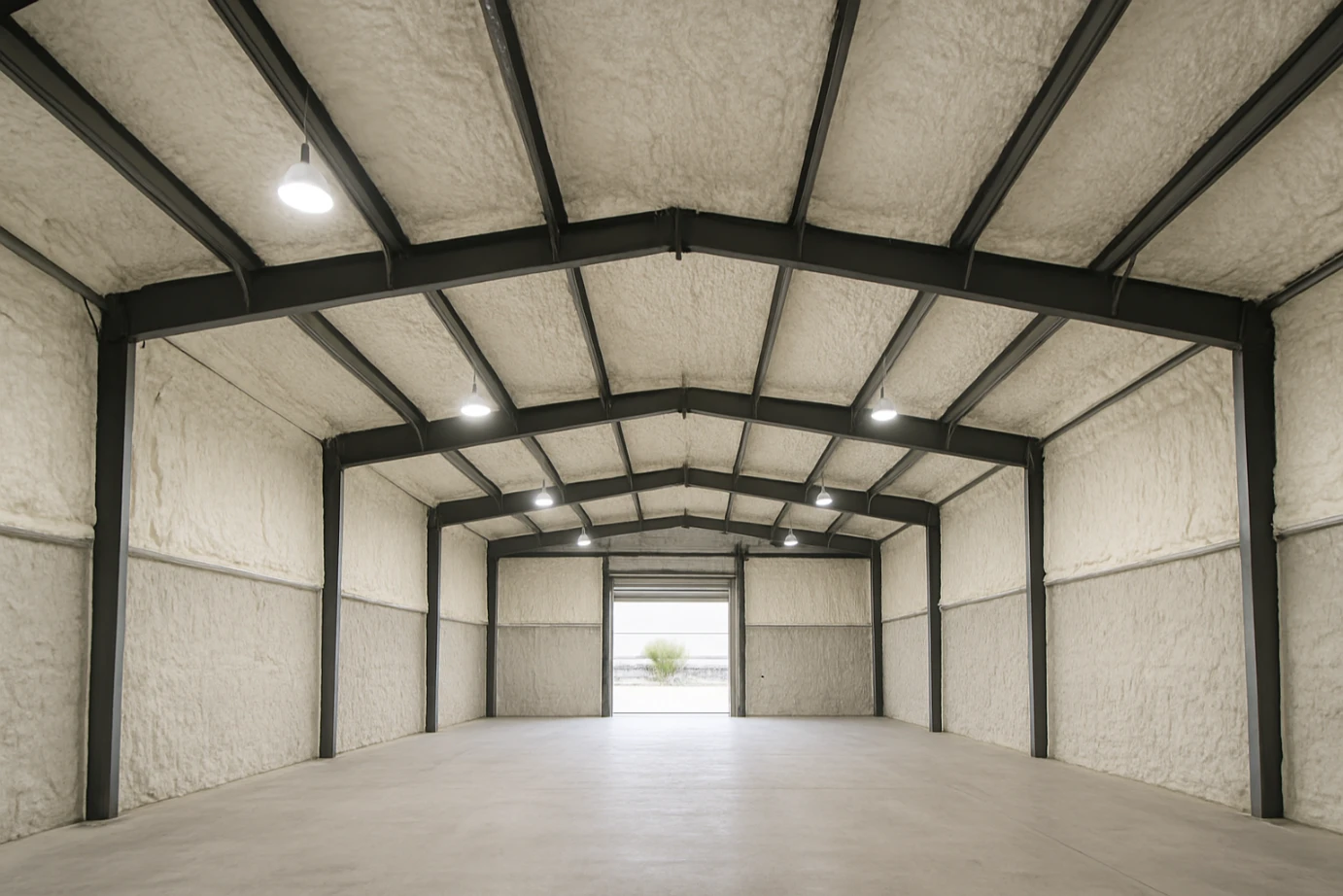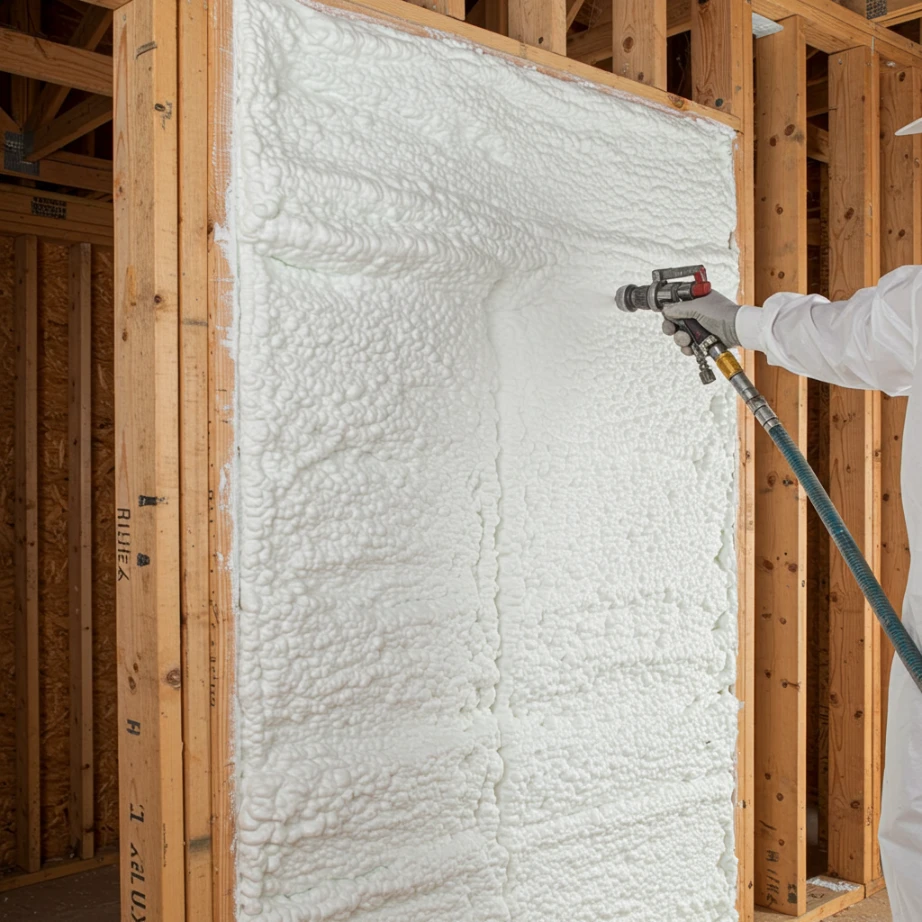
Pipe insulation works by slowing the transfer of heat, keeping the water inside your pipes from reaching freezing temperatures during cold snaps. It doesn’t generate heat itself; instead, it acts as a thermal barrier. When temperatures drop, uninsulated pipes, especially those in unheated areas like crawl spaces or attics, lose heat rapidly to the surrounding cold air. Insulation materials contain millions of tiny air pockets that resist this heat flow, effectively trapping the residual warmth within the pipe and the water for a much longer period. This delay is often enough to prevent freezing and the catastrophic damage that can follow a burst pipe.
Drawing on years of experience winterizing homes in the Pacific Northwest, this article explains the mechanics of how different insulation types work, identifies the most vulnerable areas in your home, and offers practical considerations for protecting your plumbing. A small investment in insulation can prevent thousands of dollars in water damage repairs a lesson we at Cascadia Spray Foam of Seattle have seen firsthand.
Understanding how pipes freeze begins with understanding heat transfer. Heat naturally moves from warmer areas to cooler ones until a temperature balance is reached. In winter, the heat from the water inside your pipes is constantly trying to escape into the colder surrounding air.
This process happens in three ways:
Insulation disrupts all three of these processes. It reduces conduction because the material itself is a poor heat conductor. It stops convection by preventing air from circulating against the pipe’s surface. Finally, some insulation types with foil facings can reduce radiant heat loss. When water inside a pipe freezes, it expands by about 9 percent, according to the Insurance Institute for Business & Home Safety. This expansion exerts immense pressure on the pipe, leading to cracks and bursts.
Choosing the right insulation depends on the pipe’s location, your budget, and the level of protection needed. Each material offers a different balance of thermal resistance (R-value), moisture resistance, and installation difficulty. Properly insulating your pipes can reduce heat loss significantly, and according to the U.S. Department of Energy, it can even raise water temperature by 2°F to 4°F, allowing you to lower your water temperature setting.
| Insulation Material | Typical R-Value (per inch) | Moisture Resistance | Best Use Cases |
|---|---|---|---|
| Foam Pipe Sleeves | R-3 to R-7 | Good | DIY-friendly for accessible straight pipes in basements and crawl spaces. |
| Fiberglass Wraps | R-2 to R-3 | Poor (unless faced) | Insulating hot water pipes and pipes in dry, interior locations. |
| Rubber Insulation | R-3 to R-5 | Excellent | Cold water lines, refrigerant lines, and pipes in damp or humid areas. |
| Spray Foam | R-6 to R-7 | Excellent | Irregular shapes, pipe fittings, and completely sealing wall cavities. |
Bonus Tip: Don’t forget to insulate bends, joints, and spigots. These areas are often left exposed and are just as vulnerable to freezing as straight runs of pipe. Custom-cut pieces of foam sleeves or a small application of spray foam can cover these irregular shapes effectively.
Not all pipes are at equal risk. The most vulnerable pipes are those running through unconditioned or poorly heated spaces where they are directly exposed to cold outdoor temperatures. A thorough inspection should focus on these critical areas:
Before you choose an insulation material, take a moment to evaluate your home’s specific situation. The right choice depends on more than just the material’s R-value.
First, consider your local climate. In the Seattle area, winters are often damp and chilly, which makes moisture resistance an important factor. Insulation that gets wet, like unfaced fiberglass, loses its effectiveness and can promote mold growth. Materials like rubber or closed-cell spray foam are better suited for these conditions.
Next, consider the accessibility of the pipes. For long, straight, and easily reached pipes, foam sleeves are a cost-effective DIY solution. However, for pipes with many bends and fittings or those in hard-to-reach cavities, professional spray foam application may be the only way to ensure complete coverage.
Finally, think about your budget. While there is an upfront cost, pipe insulation is an investment that pays for itself by preventing a single burst pipe incident. Data consistently shows that water damage from frozen pipes is one of the most common and costly home insurance claims in colder climates.

Properly insulating your home’s plumbing is one of the most effective ways to prevent the damage and disruption caused by frozen pipes. By slowing down heat loss, insulation gives your pipes the protection they need to withstand winter’s coldest temperatures. The process involves identifying vulnerable pipes in unheated areas, choosing a suitable material based on location and climate, and ensuring complete coverage, especially around fittings and bends. Taking these steps protects your property and provides peace of mind when the temperature drops.
If you are unsure which areas of your home are most at risk or what type of insulation is best for your situation, a professional consultation can provide clarity. For a thorough evaluation and recommendation tailored to your home, you can contact the experts at Cascadia Spray Foam of Seattle. Reach out by phone at (425) 386-3500 or by email at [email protected] to discuss your home’s specific needs.
R-value measures a material’s resistance to heat flow. The higher the R-value, the better the material insulates. For pipes, a higher R-value means the insulation will slow heat loss more effectively, providing better protection against freezing for a longer duration.
The required thickness depends on the pipe’s diameter, the insulation’s R-value, and the ambient temperature. In a moderately cold climate, a half-inch to one-inch thickness is typically sufficient for residential pipes. For pipes in extremely cold locations, using insulation up to two inches thick might be necessary.
Yes, but it’s important to use the correct type. Most polyurethane spray foams are rated to handle the temperatures of residential hot water pipes, which are typically around 120-140°F. Using insulation on hot water pipes also has the added benefit of conserving energy by reducing heat loss as water travels from the water heater to the faucet.
Generally, it is not necessary to insulate pipes located in interior walls, as they are protected from outdoor temperatures. The exception is if a pipe is in a wall adjacent to an unheated space, like a garage. In that case, insulating the pipe is a wise precaution.